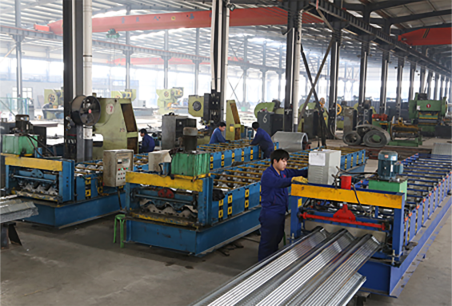Fixing Chain Link Fences A Step-by-Step Guide
Chain link fences are a popular choice for many homeowners and businesses due to their durability, affordability, and ease of maintenance. However, like any other type of fence, they can suffer from wear and tear over time. Whether you are dealing with rust, bent posts, or loose fabric, fixing a chain link fence is a manageable task if approached systematically. In this article, we'll discuss the common issues that can arise with chain link fences and provide a detailed guide on how to fix them.
Common Issues with Chain Link Fences
1. Rust Chain link fences are typically coated in galvanized steel to prevent rust. However, over time, this protective layer can deteriorate, leading to rust formation. Rust not only affects the appearance of the fence but can also compromise its strength.
2. Bent Posts Heavy storms, accidents, or even the growth of plants can cause the posts to bend. A bent post can lead to instability in the entire fence structure.
3. Loose Fabric The chain link fabric may come loose due to rusted or broken tension bands, ties, or fittings. Loose fabric can leave gaps that compromise the fence's effectiveness.
4. Damaged Bottom Rail The bottom rail can become damaged due to excessive pressure from ground movement or pests. A damaged rail can affect the entire structure of the fence.
Tools and Materials Needed
Before starting the repair process, gather the necessary tools and materials - Wrench set - Replacement parts (tension bands, ties, and fittings) - Chain link fabric (if needed) - Rust-inhibiting spray paint or rust converter - Level - Post driver or sledgehammer - Gloves and safety goggles
fixing chain link fence

Step-by-Step Repair Guide
1. Assess the Damage Begin by inspecting the entire fence to determine the extent of the damage. Look for rust, bent posts, loose fabric, and damaged rails.
2. Fixing Rust If you find rust, use a wire brush or sandpaper to scrub off any loose rust and corrosion. Once the area is clean, apply a rust-inhibiting spray paint to prevent future rust. For severe rust, consider replacing the affected section of the chain link.
3. Bent Posts To fix bent posts, start by removing any tension bands or ties that secure the fabric to the post using a wrench. If the post is merely bent, you can often straighten it using a post driver or by applying pressure with a sledgehammer. If the post is broken, it will need to be replaced. Dig out the damaged post and insert a new one, ensuring that it is straight and at the appropriate height.
4. Tightening Loose Fabric If the fence fabric is loose, check all tension bands and ties. Replace any that appear damaged or rusted. For loose fabric that is still in good condition, you can tighten the fabric by adjusting the tension bands to pull it taut. Attach new ties every 12-18 inches to hold the fabric in place securely.
5. Repairing or Replacing the Bottom Rail If the bottom rail is damaged, it may need to be repaired or replaced. For minor bends, use a sledgehammer to straighten the rail. If it is broken, remove it from the posts and replace it with a new piece. Ensure that the new rail is firmly secured at both ends.
6. Final Inspection Once all repairs are made, perform a final inspection of the fence. Ensure that everything is tight and secure. Use a level to check that all posts are vertical. Make any necessary adjustments.
Conclusion
Fixing a chain link fence can seem daunting at first, but with the right tools and a systematic approach, it is a task that most homeowners can tackle themselves. Regular maintenance and prompt repairs will prolong the life of your fence and keep it looking its best. Whether you are protecting your property or creating a defined space, a well-maintained chain link fence can serve its purpose effectively for many years. By following the steps outlined in this guide, you can ensure that your chain link fence remains functional and aesthetically pleasing. Remember, safety is paramount; always wear protective gear when performing repairs. Happy fixing!
-
Turn Down the Noise: The Future of Highway Sound Barriers
NewsApr.09,2025
-
Silence the Sound: The Power of Highway Noise Barriers
NewsApr.09,2025
-
Reduce Road Noise Effectively with Highway Noise Barriers
NewsApr.09,2025
-
Noise-Free Living: How Highway Barriers Make a Difference
NewsApr.09,2025
-
Engineered for Silence: Highway Noise Barriers for Every Road
NewsApr.09,2025
-
Effective Noise Control: Highway Barriers for a Quieter Tomorrow
NewsApr.09,2025
Subscribe now!
Stay up to date with the latest on Fry Steeland industry news.

